The One Exercise That’s Best for Stopping Hair Loss, Says Science
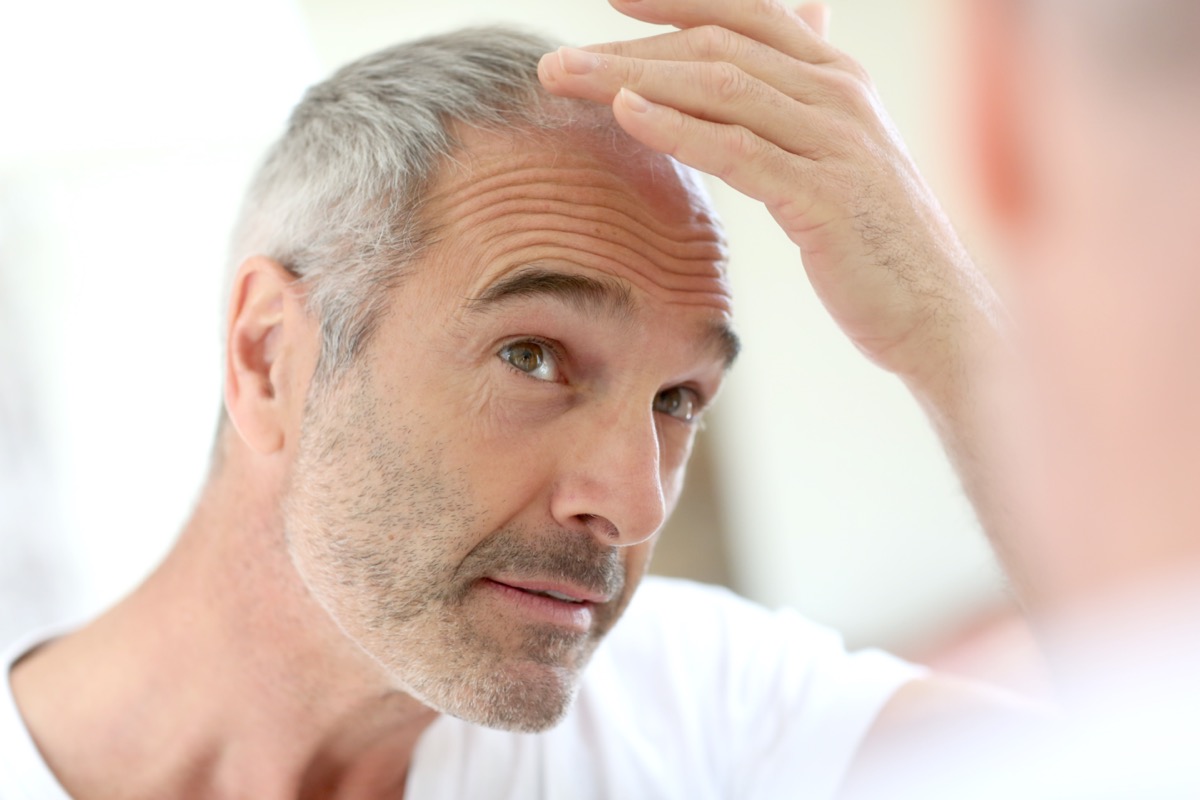
According to the American Hair Loss Association, approximately two-thirds of men experience some kind of hair loss by the time they are 35 years-old. Though a wide range of treatments—both medical and cosmetic—are available to those eager to hold on to as many follicles as possible, often overlooked is the role that exercise and diet can play in helping slow the loss of hair. Nutritional deficiency—specifically a lack of iron and other nutrients—has been found to be a culprit of hair loss in some portion of men. For example, researchers at the Cleveland Clinic Foundation have noted that “treatment for hair loss is enhanced when iron deficiency, with or without anemia, is treated.”
But according to doctors, physical activity and exercise are a factor in hair loss and its prevention, as well. It all begs the question: Which type of exercise is the best for helping slow down your hair loss? Read on to learn how you can use your daily workouts in an effort to keep your hair rich and full. And for more exercise advice that will leave you surprised, don’t miss these Totally Crazy Side Effects of Exercise You Didn’t Know, According to Science.
Getting Your Blood Pumping Encourages Hair Growth
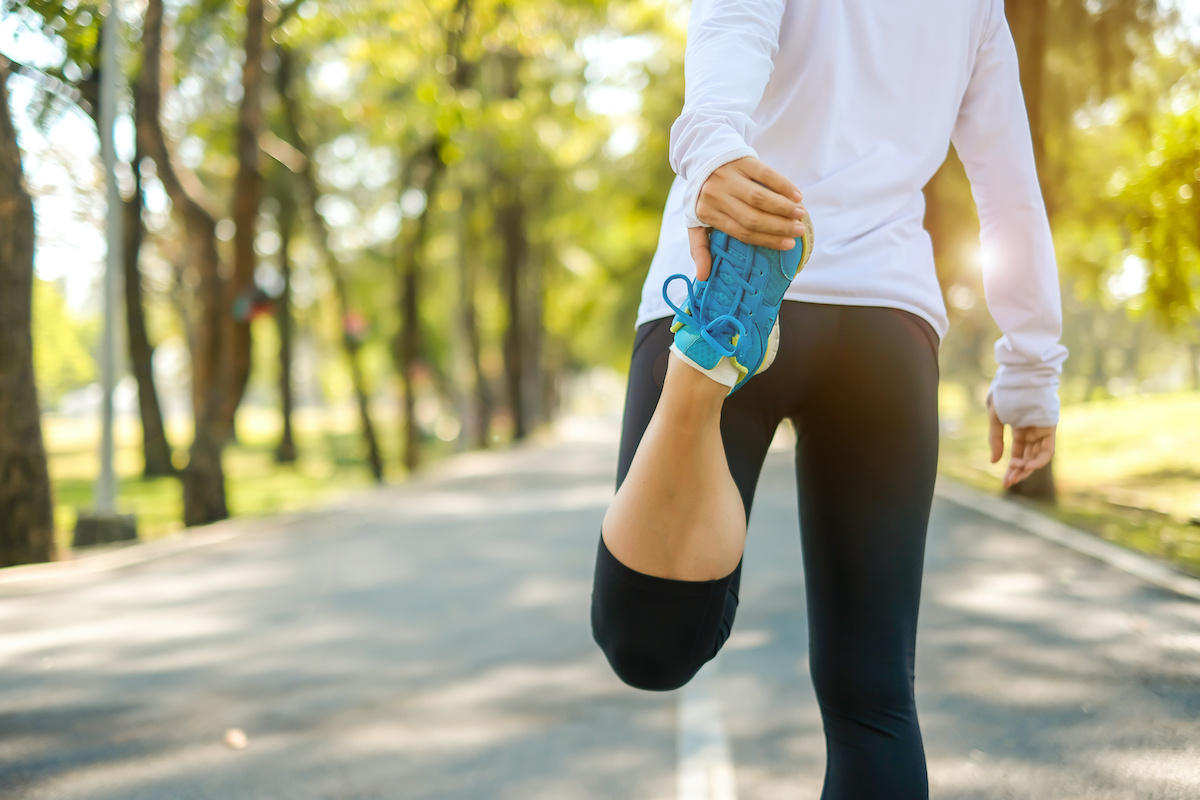
Getting blood circulating in your scalp has been found to be associated with a reduction in hair loss. For example, a 2001 study found that blood vessels are key to thicker hair growth, and research has shown that physical activity that helps get blood moving to one’s scalp can help slow natural hair loss.
On the other hand, frequent, intense anaerobic workouts meant to build body mass—such as weightlifting—have been found to be more likely to speed up hair loss for both men and women. This may be due in part to the fact that the uptick in testosterone one experiences after an intense workout can also raise the level of a chemical known as DHT, which contributes to hair loss.
“While cardio will reduce the levels of DHT in the blood stream, excess weightlifting can increase testosterone levels and therefore accelerate hair loss,” hair transplant surgeon Thomy Kouremada-Zioga, MRCGP, M.B.B.S, MSc, told Express. “I would therefore also advise those men who focus on lifting weights in the gym, to be mindful of just how much lifting they do and, where possible, to do more aerobic exercises.”
This is why going for a brisk walk, a run in the park, or riding your bike—along with any great form of cardio—is likely the best way to get your blood flowing and DHT levels dropping.
Cardio Exercise Reduces Hair Loss by Reducing Cortisol Levels
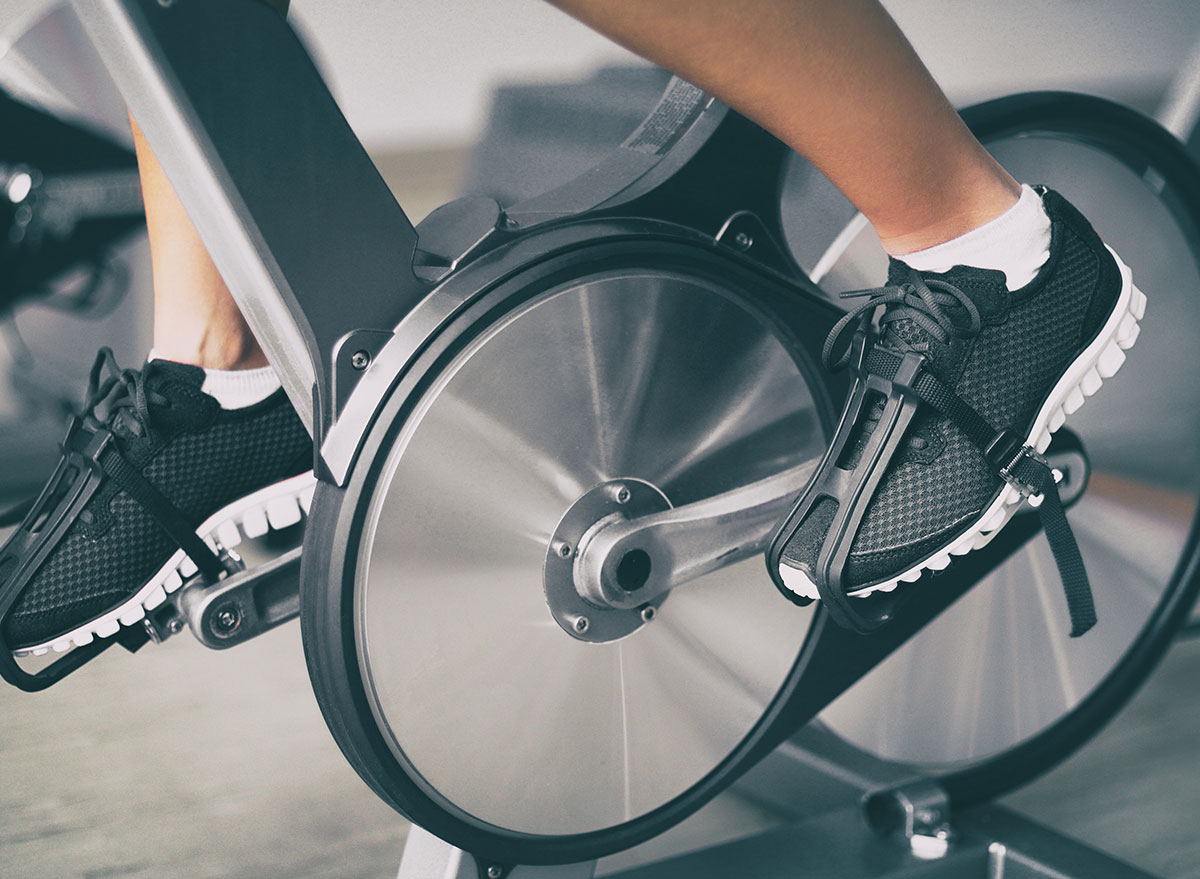
Anxiety boosts the level of the hormone cortisol in your body, which can cause fluctuations in other hormone levels and can speed up the balding process, according to Melissa Piliang, M.D., a hair-loss expert at Cleveland Clinic.
A 2015 study in PLOS One found that older men with a high level of cardiorespiratory fitness release 42 percent less cortisol throughout the day than unfit men do. In other words, ramping up your cardio workout can help lower your cortisol levels—and, by extension, reduce your hair loss. And for some great exercise advice, don’t miss The Secret Exercise Trick for Flatter Abs After 40.
Exercise Is the Stress Killer
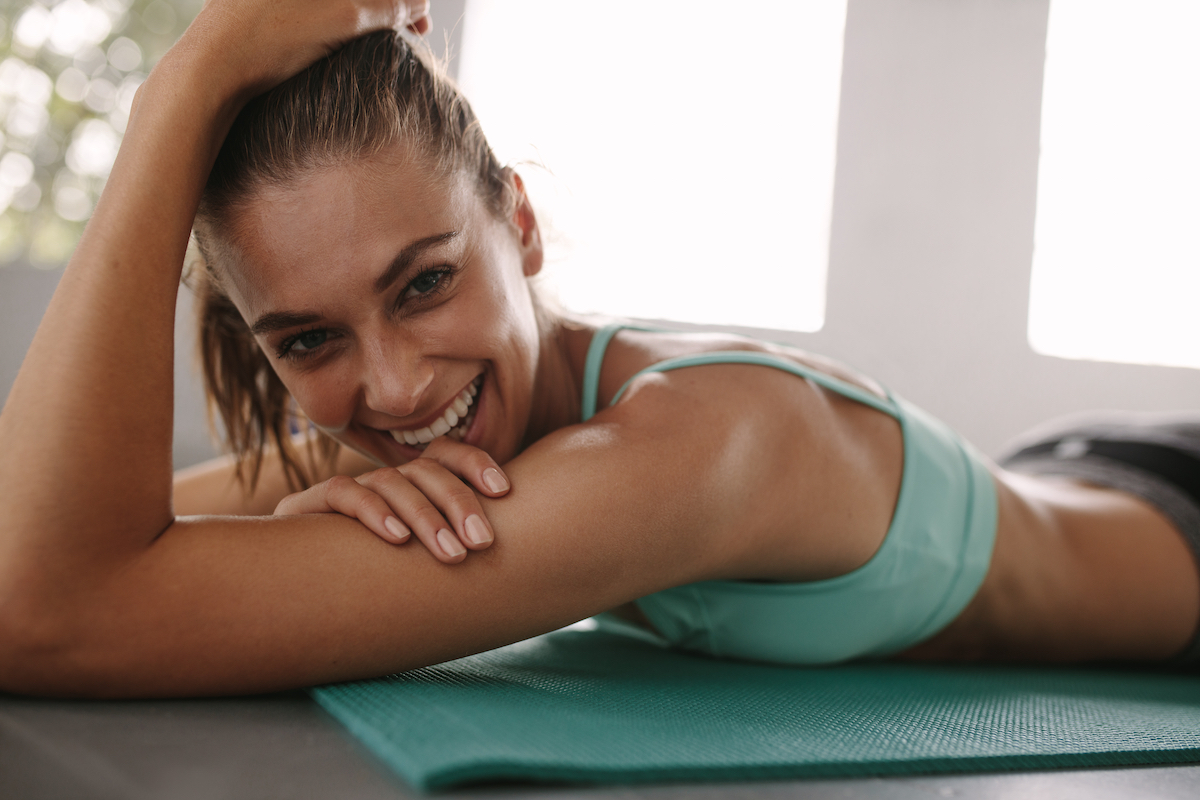
The truth is, any exercise is likely to be helpful in your effort to slow your loss of hair because of the way that physical activity reduces one of the known causes of balding: stress. There’s a reason that we describe stressful situations as ones which make us “want to tear our hair out.” According to the Mayo Clinic, three types of hair loss have been associated with high levels of stress:
-Telogen effluvium, in which significant stress pushes hair follicles into a “resting phase” that can lead them to fall out over a matter of months or in chunks when combing ones hair.
-Trichotillomania, in which the individual actually pulls their hair out themselves, often as a response to stressful feelings including tension, loneliness or frustration.
-Alopecia areata, in which one’s immune system actually attacks the hair follicles. Though this is caused by a variety of factors, stress has been found to be one of them.
Considering the role that stress plays in hair loss, taking part in regular physical activity, which a wealth of research has shown to be one of the most effective ways to lower stress levels, is also a pretty good idea for those looking for ways to curb baldness.
“Exercise and other physical activity produce endorphins—chemicals in the brain that act as natural painkillers—and also improve the ability to sleep, which in turn reduces stress,” according to the Anxiety & Depression Association of America. “Scientists have found that regular participation in aerobic exercise has been shown to decrease overall levels of tension, elevate and stabilize mood, improve sleep, and improve self-esteem. Even five minutes of aerobic exercise can stimulate anti-anxiety effects.”
For example, dermatologist Jeanine Downie told Coveteur that exercising regularly is among the ways to “promote healthier hair growth and reduce the likelihood of stress-related hair loss.”
But Too Much Exercise Can Have the Wrong Effect on Hair Loss
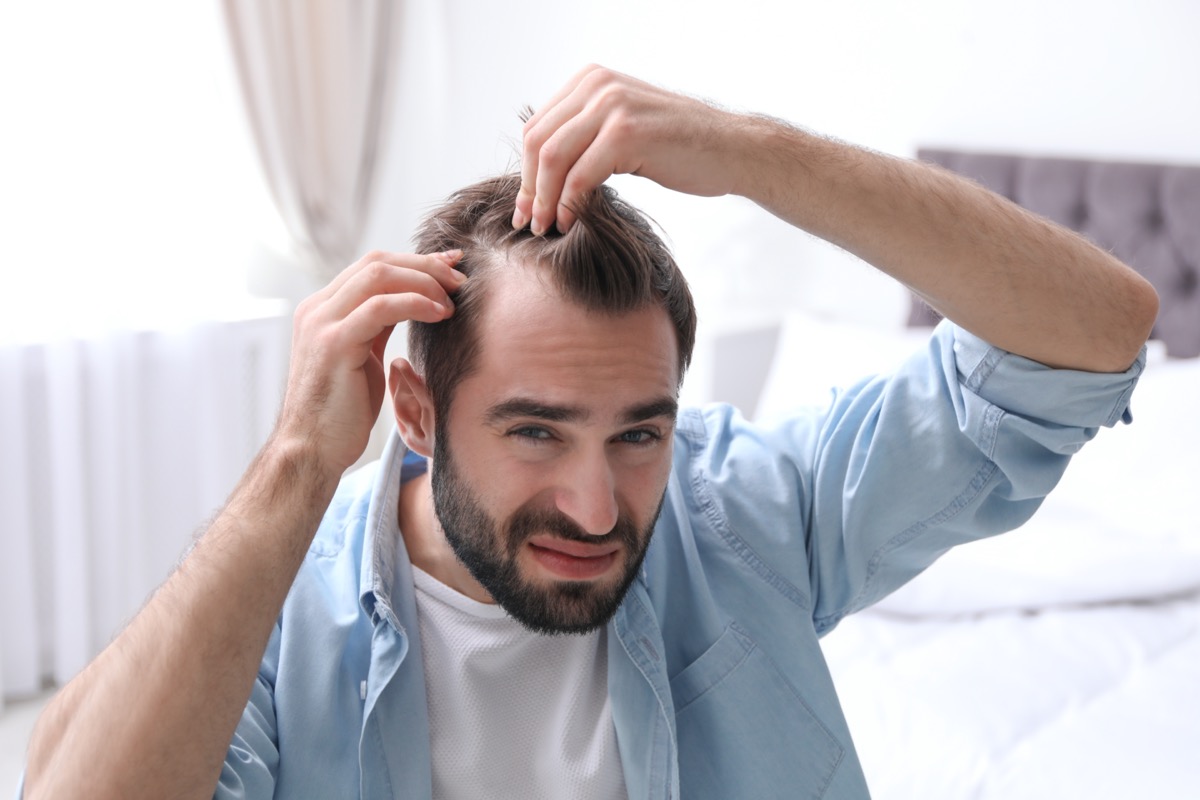
Oh, and about that stress-induced hair loss Telogen Effluvium? It can also be brought about by too much exercise.
“Too much of exercise results in early entry of hair into the telogen phase,” says Dr Manoj Khanna, cosmetic and hair transplant surgeon, Enhance Aesthetic and Cosmetic Studio. “When the body is subjected to extreme stress unusually high number of hair prematurely enter a phase of rest, called the telogen phase. These hairs begin to fall, causing a heavy hair fall.”
So take note. Also, your post-workout routine should also be carefully considered to avoid hair-losing practices. Specifically, avoid hot showers after a run, as high temperatures may strip the scalp of essential oils and can cause inflammation and dry it out. And for more on that, don’t miss these Showering Mistakes That Are Damaging Your Hair, Say Stylists.